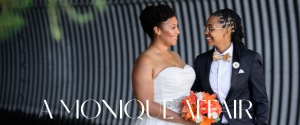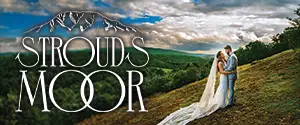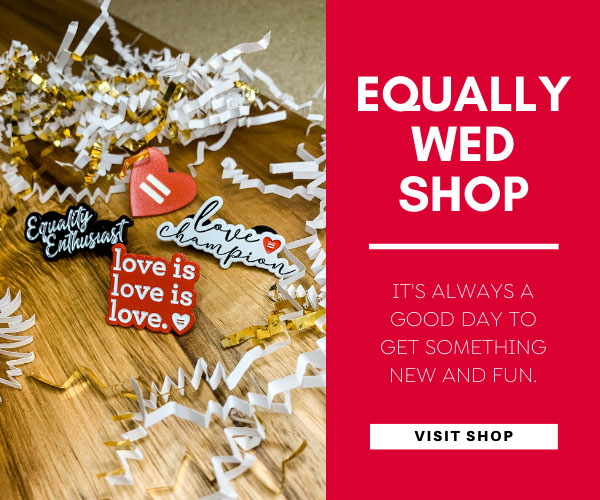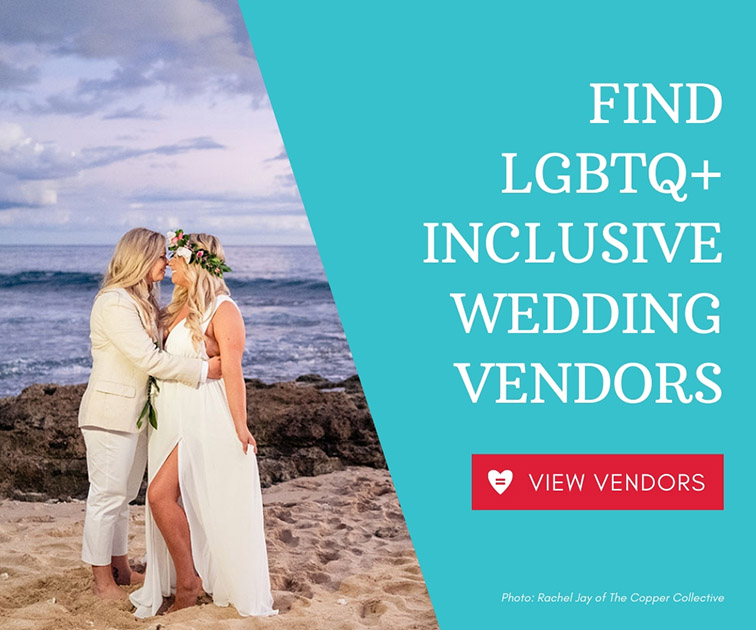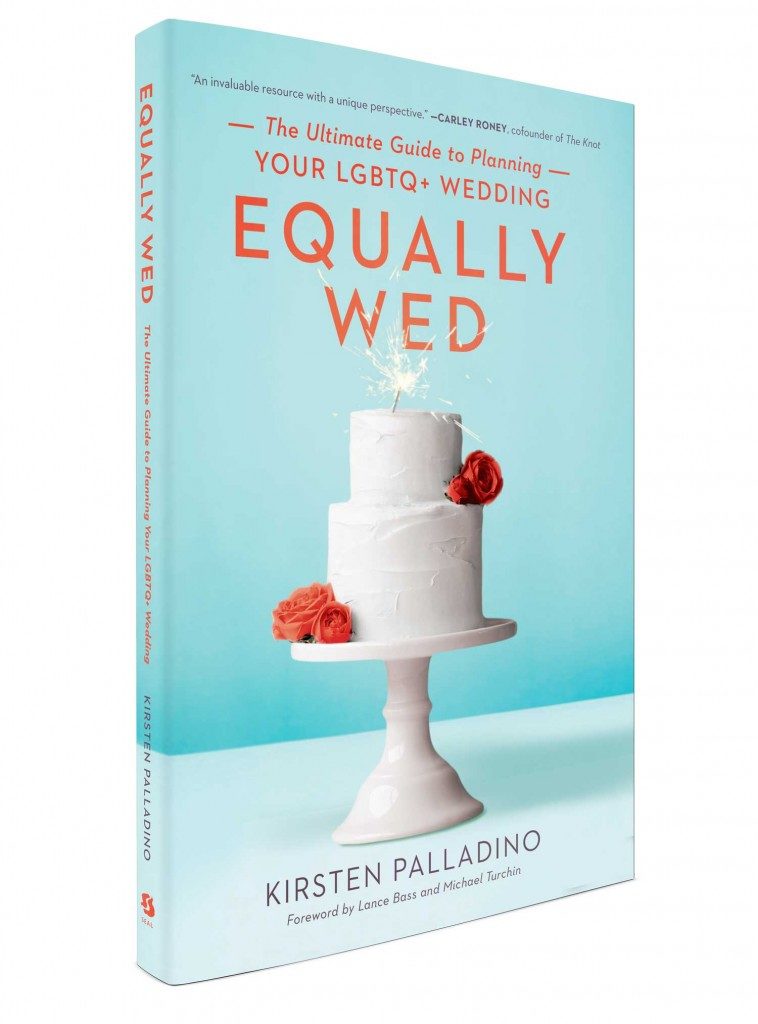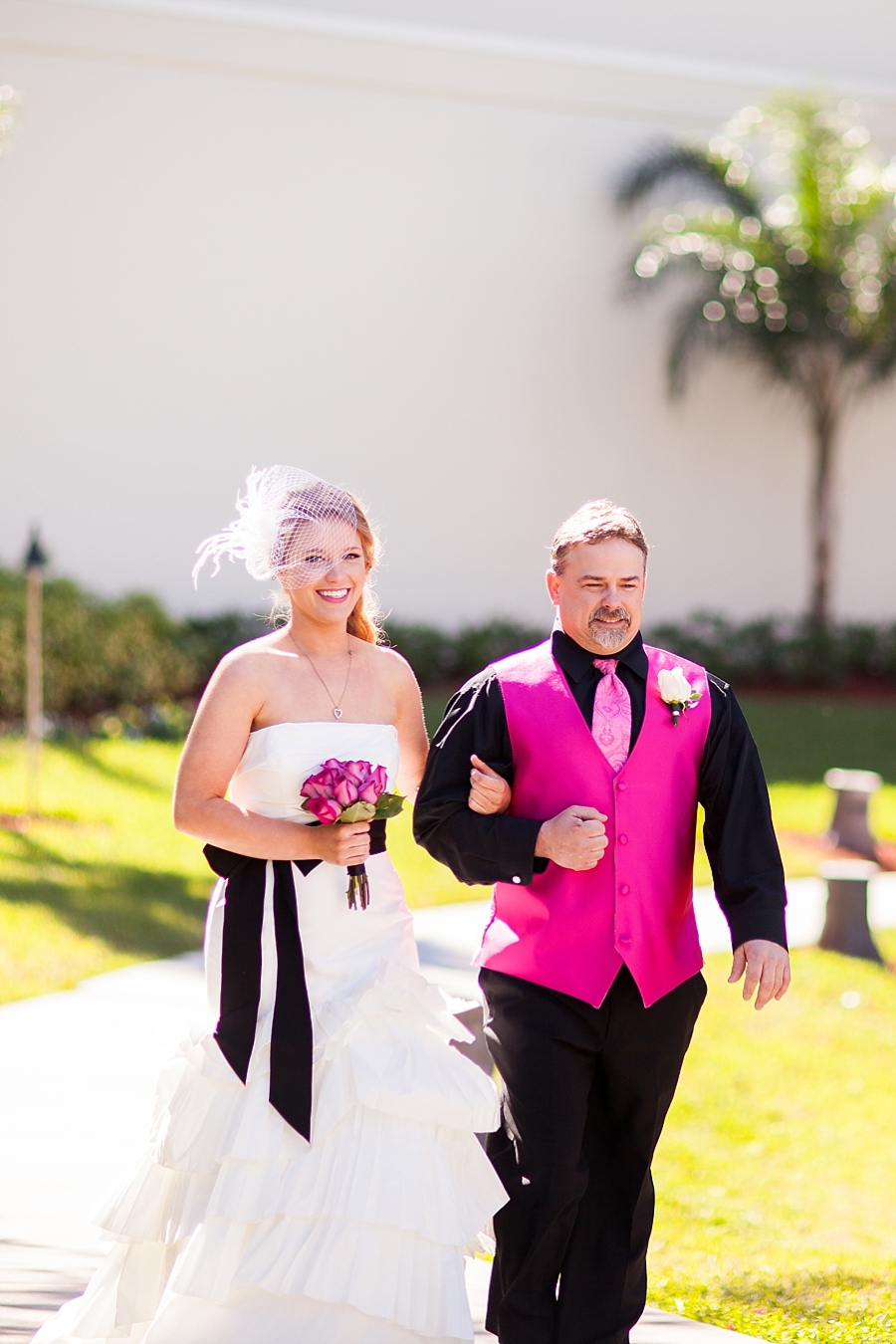
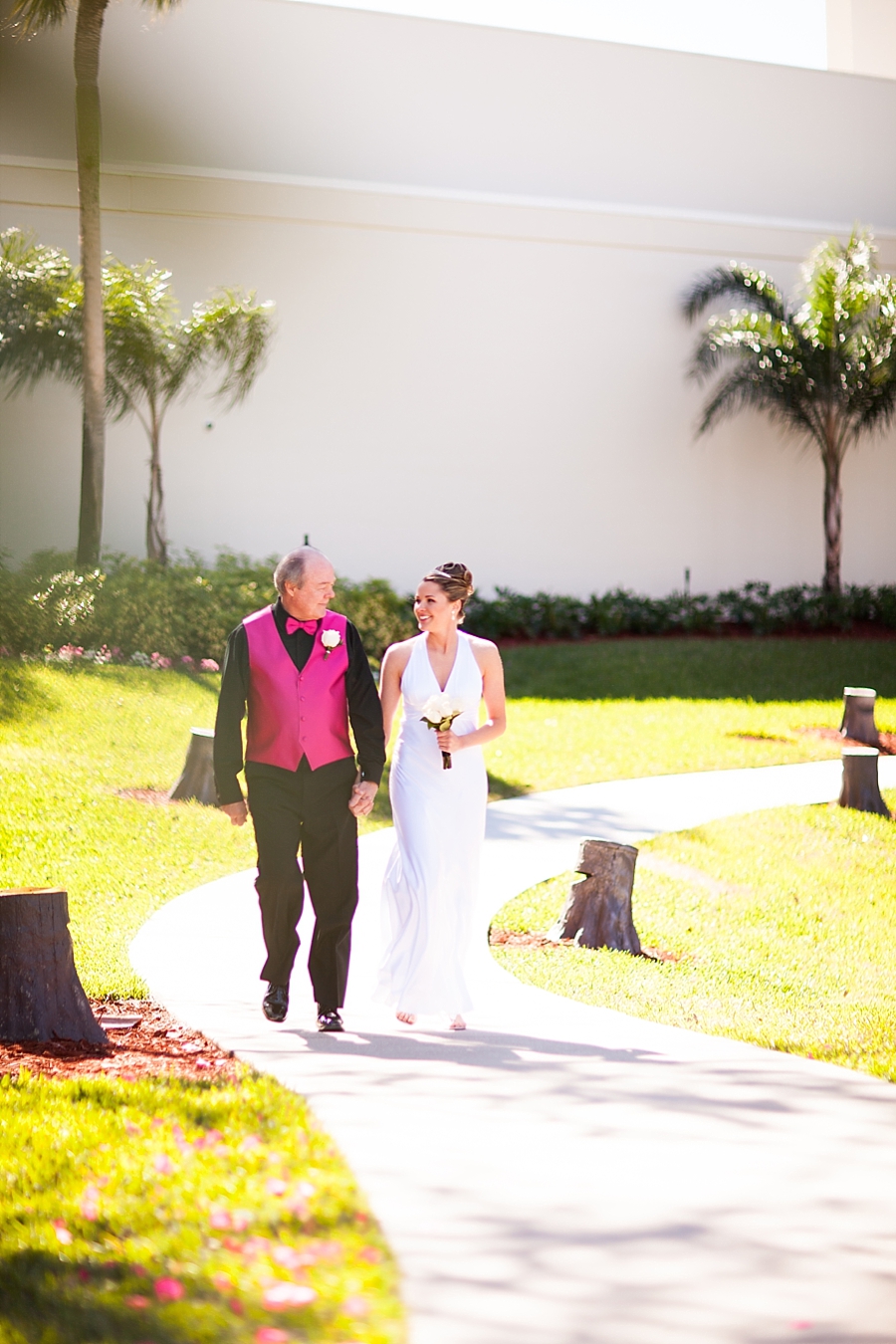
By Lindsey Scott Carlson
There are no hard-and-fast rules in any wedding—just people’s opinions, some of which make more sense than others. If you want to have a traditional processional in your wedding, here are some ideas on how to make it happen:
- The officiant takes his or her place first, sometimes accompanied by one of the people getting married and his or her honor attendants.
- After all of your wedding guests have been seated, the family can be escorted down the aisle one by one by your ushers (one or two close friends or family members you’ve designated ahead of time). The last person to be escorted in this category should be the people who are sitting closest to the altar—usually your parents, grandparents or the elders you’re closest to.
- Next, the wedding party, two by two or one by one. No need to mix and match genders, but sometimes height matching can look nice for photos.
- Then, the flower girl or boy, and the ring bearer. Some couples also have a little tyke carrying a sign reading, “Here come the brides.” Or “Here come the grooms.” Cute stuff.
- And finally it’s time for you and your beloved to make your entrance. We’ve seen people walk down individually, together holding hands, with one or both of their parents or another special person, or simultaneously on two separate aisles.
Brooke and Jessica, pictured above, walked down the aisle separately with their fathers. See more of their gorgeous Orlando, Florida, wedding here.
If you are being escorted by someone and your beloved is choosing to walk in from the side with an officiant, it is a meaningful act—but what exactly does it mean? Why is one person coming in one way and the other being brought down by family members and turned over to their new spouse?
Don’t get me wrong. This is how I came down the aisle, my loving father’s elbow locked in mine. I was eager to follow all the traditions I’d feasted on all my life, to prove how “normal” my lesbian wedding could be, to show our guests and community that our love was just like anyone else’s love. That was in 2007.
Now, seven years later, I don’t think I would do it the same way. I was giving too much power to my wife—something she didn’t necessarily ask for, but I was giving it away just the same. I took her name, too. That’s an entirely different conversation, but the two acts put an unequal balance in our relationship right away. I wonder if I was applying too many gender stereotypes to our relationship because she is butch and I am femme. That’s how it feels to me now that I look back on that day. I don’t think she’d be comfortable walking down the aisle though, so we’d have to remap everything if we were going to redo our wedding day. I would however still marry her! I just want to point that out. Honey, if you’re reading this, I love you! I just think we got caught up in the commercialism of weddings when we were mapping out the how and the what, but we didn’t properly exam the why.
Are you struggling with this decision? If so, how are you and your partner deciding to walk down the aisle?
Have a topic you’d like to write about for Equally Wed? Submit your 600- to 1,500-word essay to editors@equallywed.com. Read more about our guidelines on our Submissions page.
Photos: Alternative Life Photography and Design






